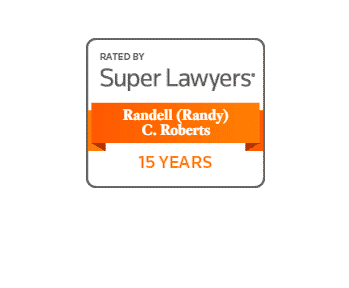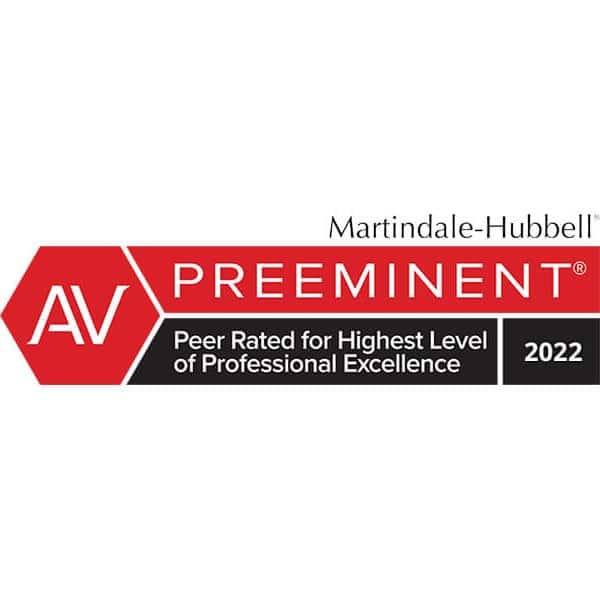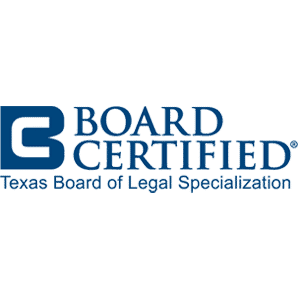Bleacher Hazards
According to Consumer Product Safety Commission (“CPSC”), 19 people died in incidents associated with falls from bleachers between 1980 and 2003. Since 2001, at least 3 deaths have occurred from falls from bleachers in high schools or at a school gym. In 2002, an estimated 3,350 children under the age of 15 were admitted into hospital emergency rooms with injuries associated with falling from, or through, bleachers.
Falls from bleachers can occur when guardrails are missing from the backs or open sides of bleachers. Falls also can occur when there are big enough openings between components in the seating and guardrails. Bleachers can pose additional hazards if they are not operated or maintained properly, or if they are missing adequate components that assist in access and egress, such as aisles, handrails, and non-skid surfaces.
Many bleachers in facilities today pose a fall hazard, especially to children. This is due, in part, because these bleachers may have been built and installed when the building codes did not require guardrails and allowed big enough openings that permitted a child to fall through them.
To address bleacher-related injuries, CPSC issued voluntary guidelines in 2000 that provide recommendations for retrofitting bleachers to prevent falls from bleachers. The guidelines also include information about preventing falls on bleachers. The guidelines are summarized below.
- Guardrails should be present on the backs and portions of the open ends of bleachers where the footboard, seatboard, or aisle is 30 inches or more above the floor or ground below.
- The top surface of the guardrail should be at least 42 inches above the leading edge of the footboard, seatboard, or aisle.
- Any opening between components of the guardrail or under the guardrail should prevent passage of a four-inch sphere.
- Any opening between the components in the seating, (i.e. between the footboard, seatboard, and riser) should prevent passage of a four-inch diameter sphere where the footboard is 30 inches or more above the ground and where the opening would permit a fall of 30 inches or more.
- Materials and methods used for retrofitting should prevent the introduction of new hazards, such as bleacher tipover, bleacher collapse, guardrail collapse, and contact or tripping hazards.
- Bleachers should be thoroughly inspected, at least quarterly, by trained personnel.
- Aisles, handrails, non-skid surfaces, and other items that assist in access and egress on bleachers should be incorporated into any retrofit project where feasible.
- The option of replacing bleachers as opposed to retrofitting should be considered.
* Reference: Consumer Product Safety Commission. Original content can be found at the Consumer Product Safety Commission’s website








